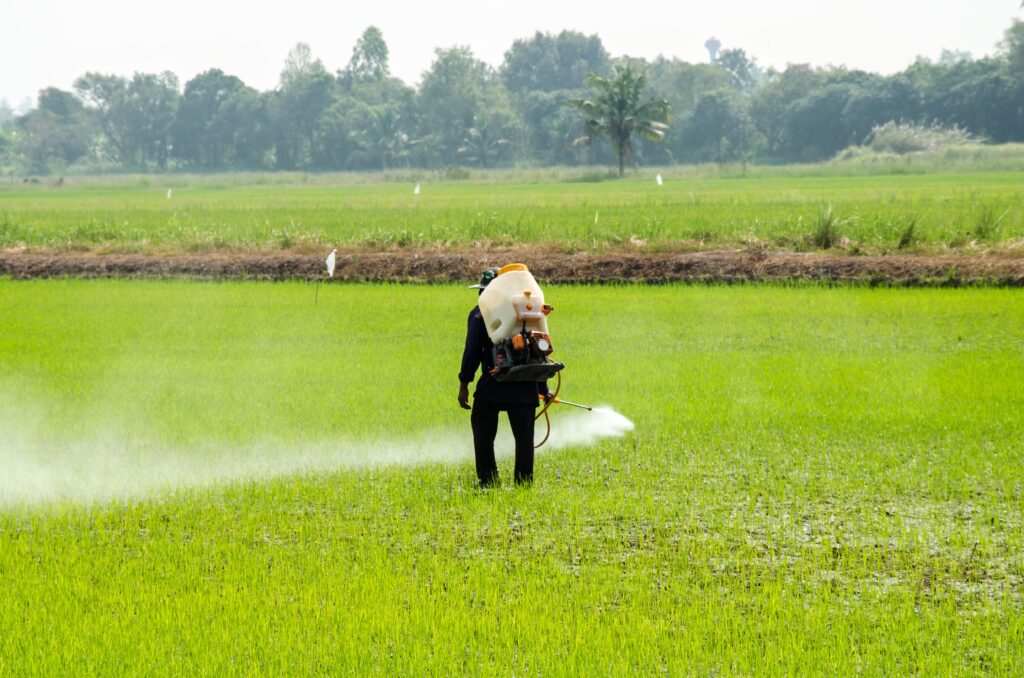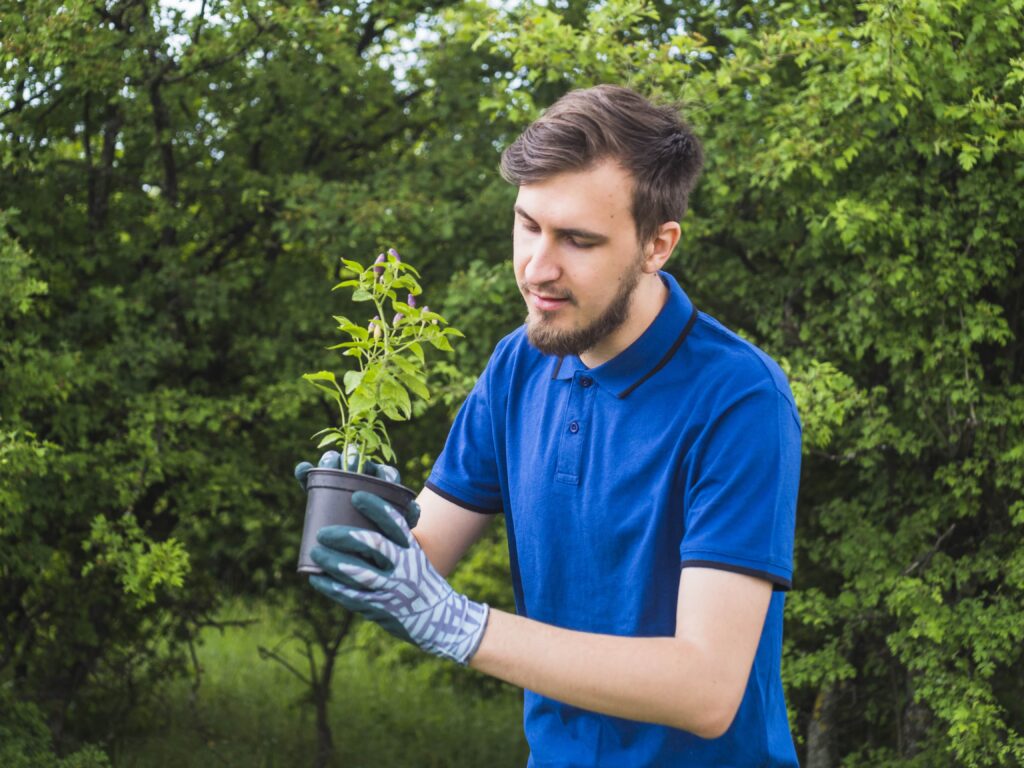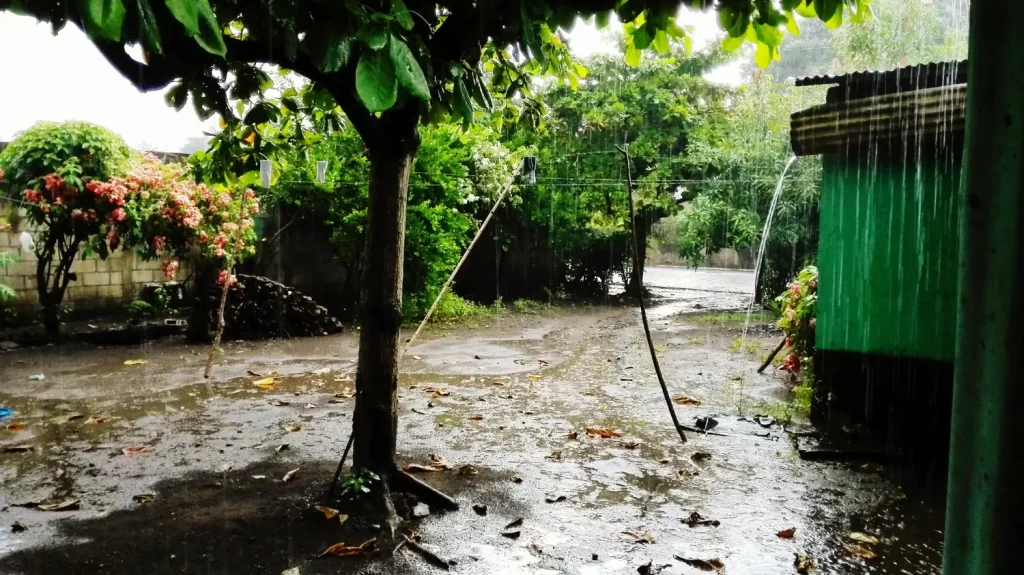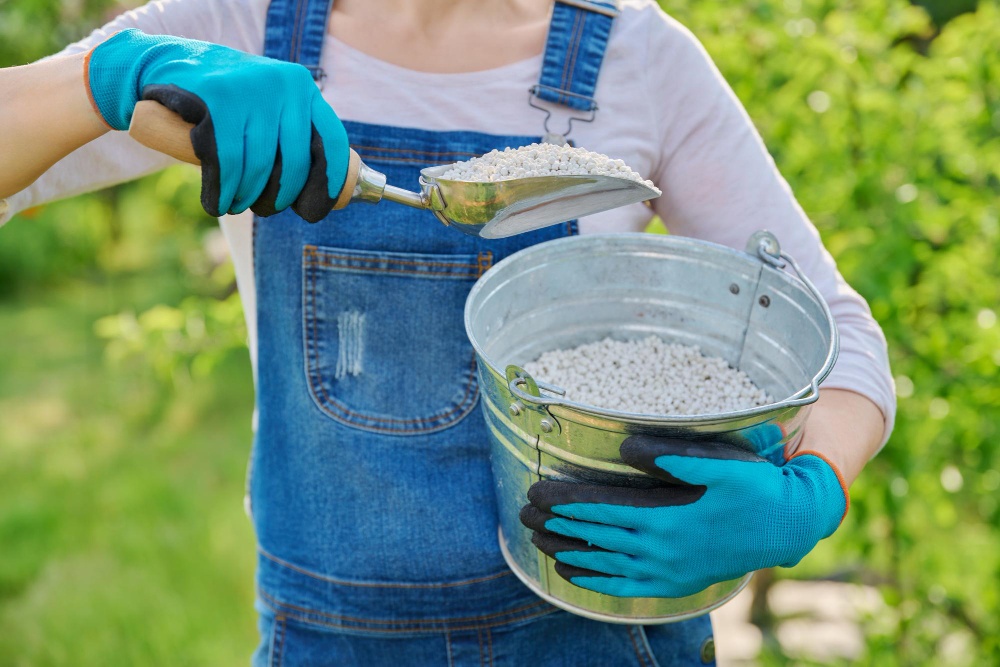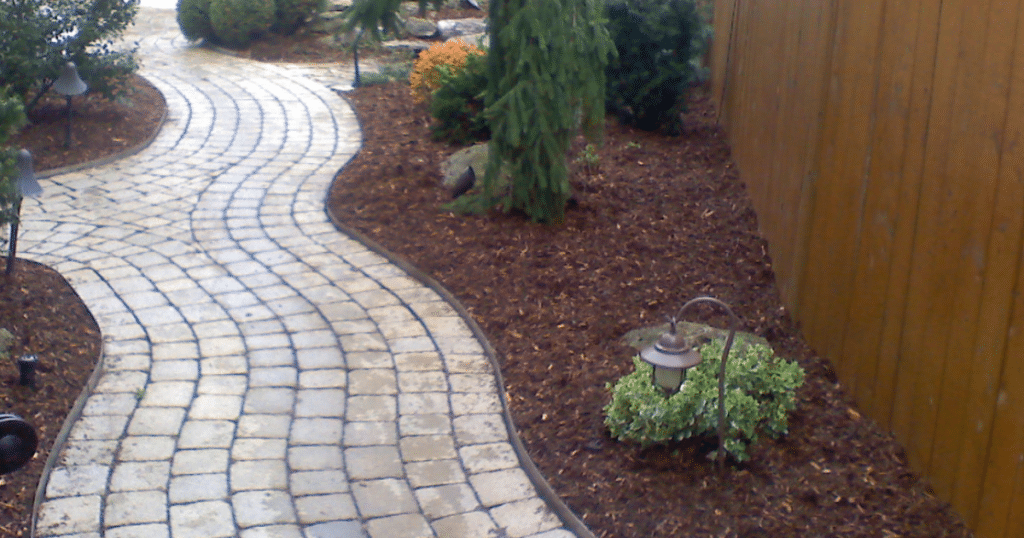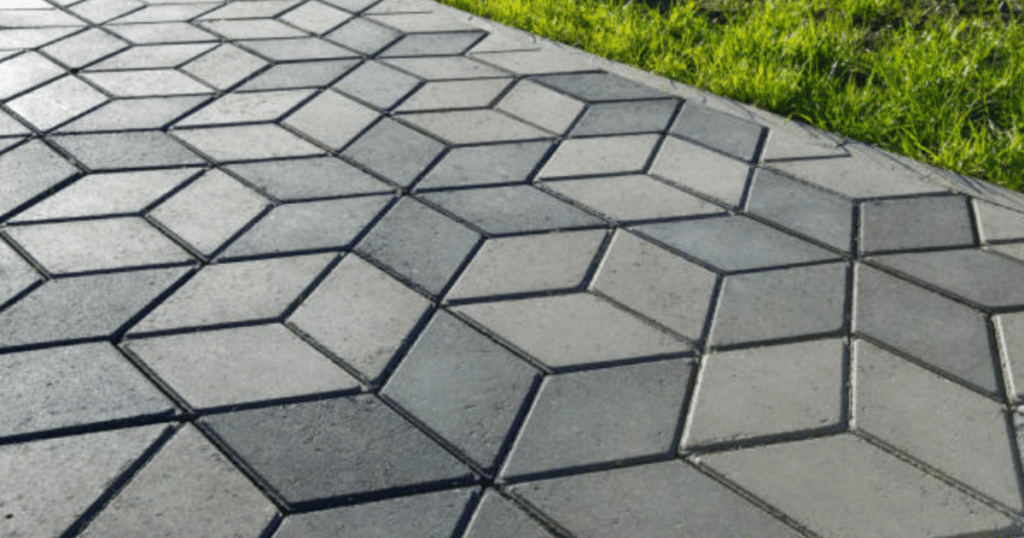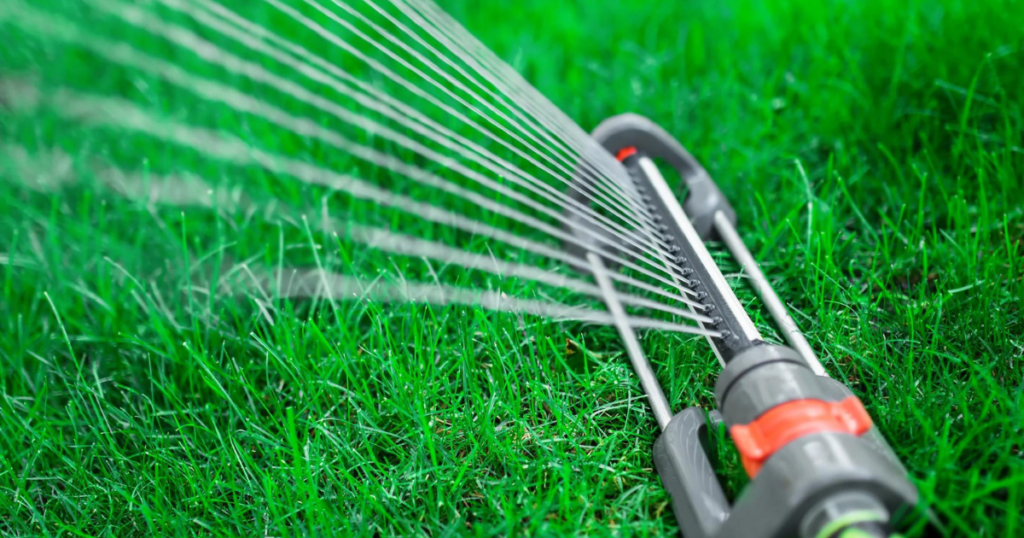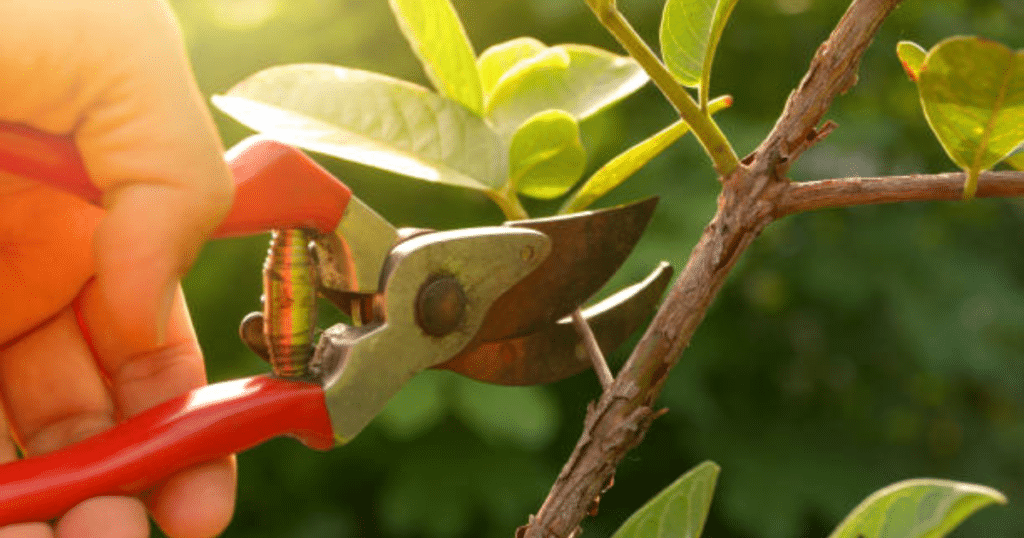After winter, your newly planted trees might not recover. This is because they are some of the trees that are the most prone to damage from the changing temperature.
One way to avoid this damage is to tree wrap. This is an arboriculture technique that has been used across the world for hundreds of years to preserve trees. Once you use it, you increase the likelihood that your garden will look pristine in spring, boosting your home value.
In this blog, you will learn the steps necessary to wrap your vulnerable trees before winter arrives.
What Is Tree Wrap?
Wrapping is part of regular garden maintenance services for at-risk trees. This service includes wrapping the trunk of the tree in fabric to protect it from sun rays, temperature changes, moisture level changes, and pests.
More specifically, these fabrics have bright, light colors to reflect light and are breathable to prevent excessive moisture near the bark. Originally, many cultures used straw to protect trees. Now, you can use the following materials to wrap your trees:
- Polypropylene
- Paper
- Corrugated cardboard
- Burlap
- Tape
According to studies, using tape can even eliminate the risk of black bears bare-stripping certain trees.
Why Is Wrapping Trees for Winter Essential?
When winter arrives, you only need to protect certain trees. Normally, trees do not need wrapping because they have adapted to their environment. However, newly planted trees and shrubs and poorly planted trees would benefit from this practice. In addition, trees with thin barks, dehydrated plants, and some evergreen shrubs will require protection.
Now, let us dive deeper into the benefits of this practice.
Prevents Sun Scalding
The first advantage of wrapping before winter is that it prevents sun scalding. Reports indicate that the change in temperature when night falls destroys the vegetation, creating cracks and leaving the bark dry. This is sunscalding, and it can cause the tree to be more vulnerable to infections, infestation, and damage.
Reduces Moisture Loss
Wrapped trees lose less moisture than other trees. Therefore, if your tree is already dehydrated, you can use this practice to ensure it does not dry out completely by spring. This also helps prevent cracks in the tree.
Keeps Plants Warm
The fabric you use when you wrap your shrubs or trees will keep them warm. This is because these breathable fabrics have small holes which retain air. These small holes then act as insulation, allowing your tree to warm up while the sun is out and retain some of the warmth at night.
Prevents Damage from Pests
Finally, wrapping benefits your tree because the fabric acts as a barrier against pests. This includes insects, squirrels, and other burrowing animals. It can also deter animals from using your tree to shed their antlers.
A Step-by-Step Guide to Wrapping Trees
To tree wrap for winter, you will first need to assess whether your tree needs it. You can examine your trees yourself for vulnerability or request the opinion of an arborist. Just go through the following steps:
Wrap from the Base
To start wrapping fabric around your tree, start at the base of the trunk. Next, you should wrap at an angle so the fabric can move up the tree.
Note: Your wrapping should be snug enough to remain in place but not extremely tight around the tree.
Overlap Your Wrapping Material
Now that you have started wrapping the trunk of your tree, ensure the fabric doubles over itself. So, you should cover the top third of the wrapping underneath. You should keep wrapping until you reach the lowest branches.
Secure Your Wrap
Finally, you should secure your wrapping. You can do so by stapling the fabric to the tree or using a tack.
Paramount Landscaping Offers the Best Tree Wrapping Services in Ontario
If you want to prepare your trees for winter wrapping, Paramount Landscaping can assess them. Our arborists have certification from the Canadian government and the Ontario chapter of the International Society of Arboriculture.
Through our arborists services, you will discover whether your trees need wrapping or maintenance. After our arborists have serviced your trees, your property will be safer from damaged trees falling on your building, vehicle, or fence.
Conclusion
Now you know that you need to tree wrap at an angle over a trunk until you reach its branches. Wrapping trunks is a crucial practice for trees that have issues or are not ready for the climate. So, you should use wrapping to protect young trees, endangered trees, or those with thin barks. When they are wrapped, they will be able to withstand most damage from winter, pests, and loss of moisture.
To assess whether your tree needs wrapping, consult professional arborists such as Paramount Landscaping. Their certified arborists can handle the most intricate of jobs and ensure your trees have the best chance to survive the next winter.
Frequently Asked Questions
Should I wrap a damaged tree?
No, you should not wrap a damaged tree. When you wrap damaged trees, it may trap moisture. This moisture will then prevent the tree from naturally healing. Instead, you should let the tree heal uncovered if it is a small area. For large areas, you should seek out professional help to properly address it.
What is an alternative to tree wraps?
An alternative to tree wraps is fabric. So, you can wrap your old, breathable bed sheets around your tree. Older alternatives include burlap and netting.
Can I wrap my tree in plastic wrap?
No, you should not wrap your tree in plastic wrap. Since plastic wrap is not breathable, it will trap moisture on your tree, damaging its bark. Instead, you should use a breathable material to wrap a tree trunk.



